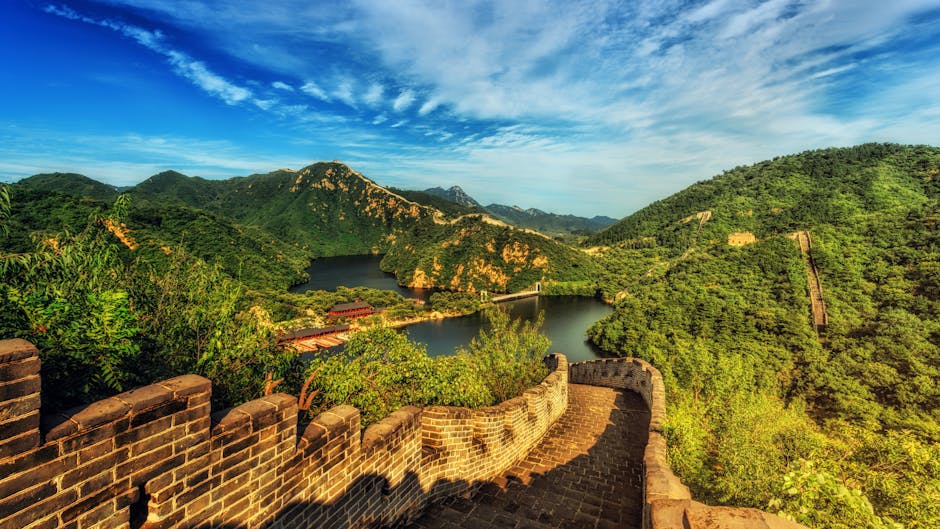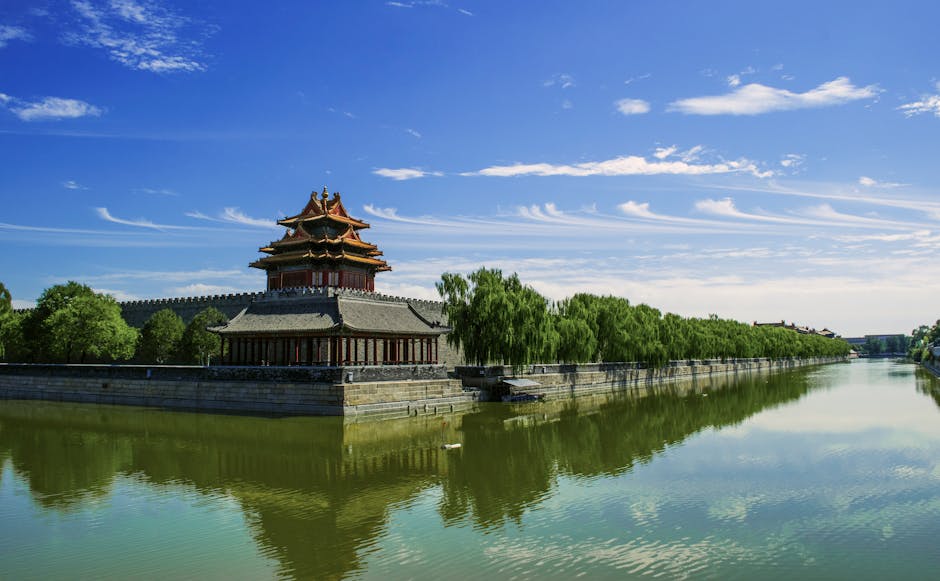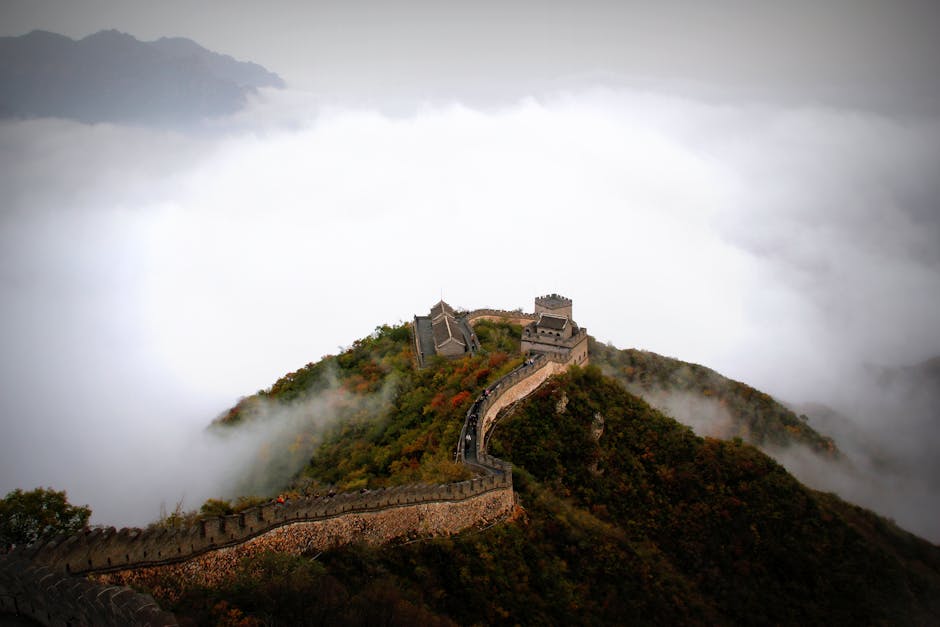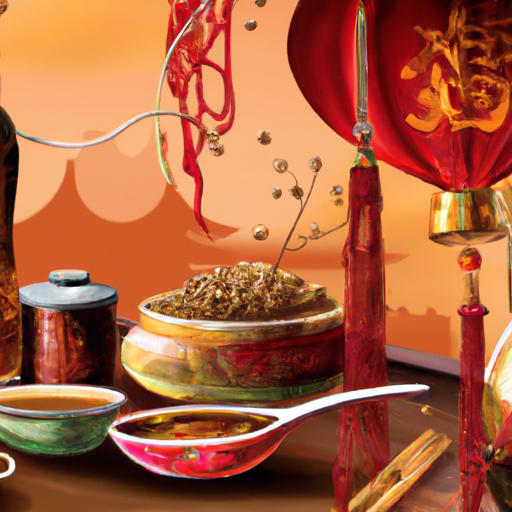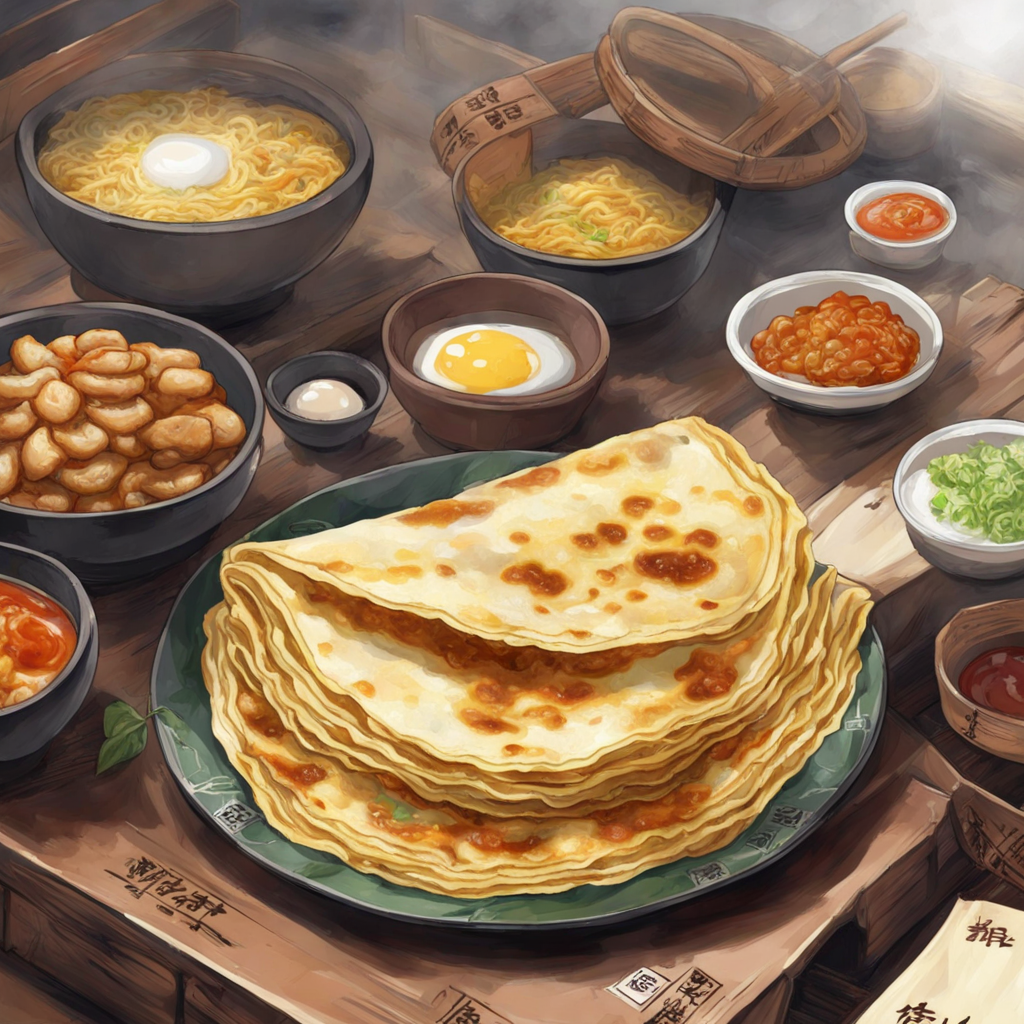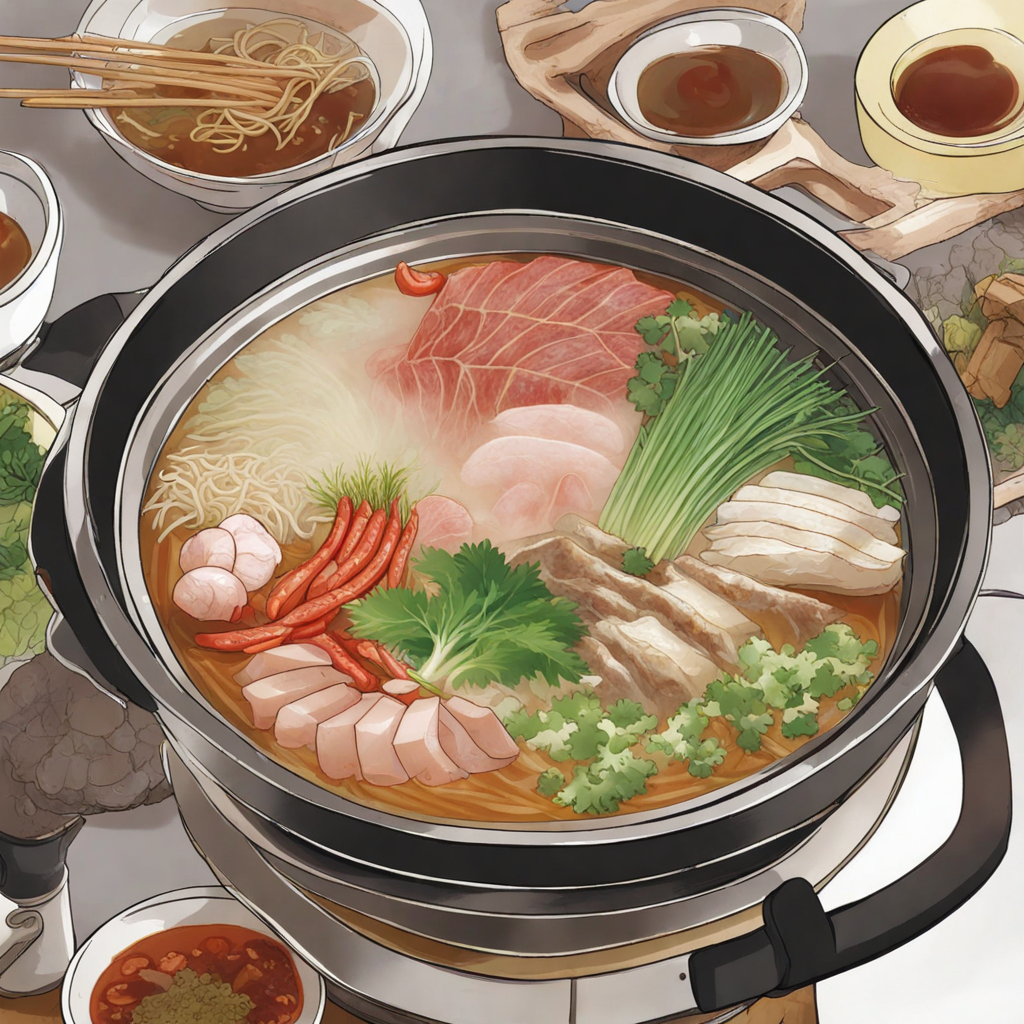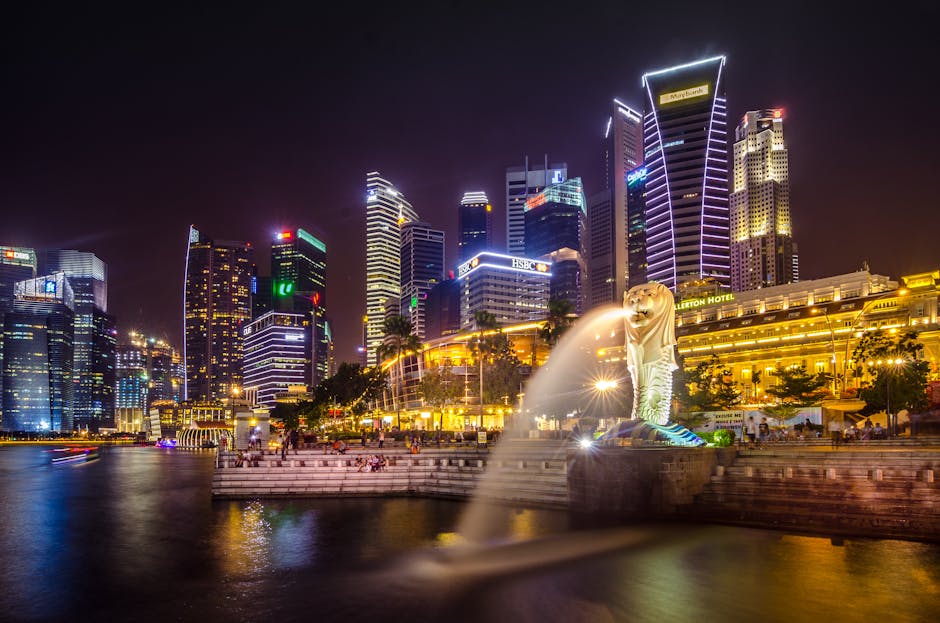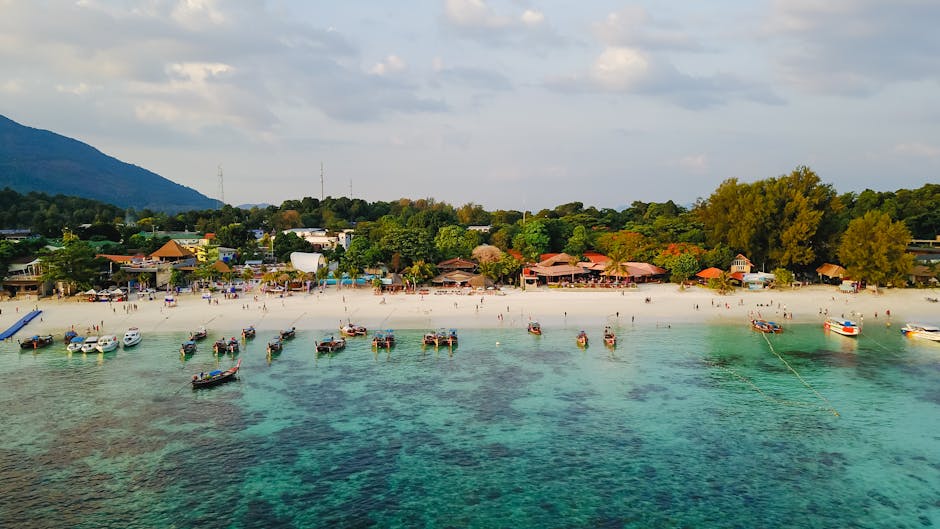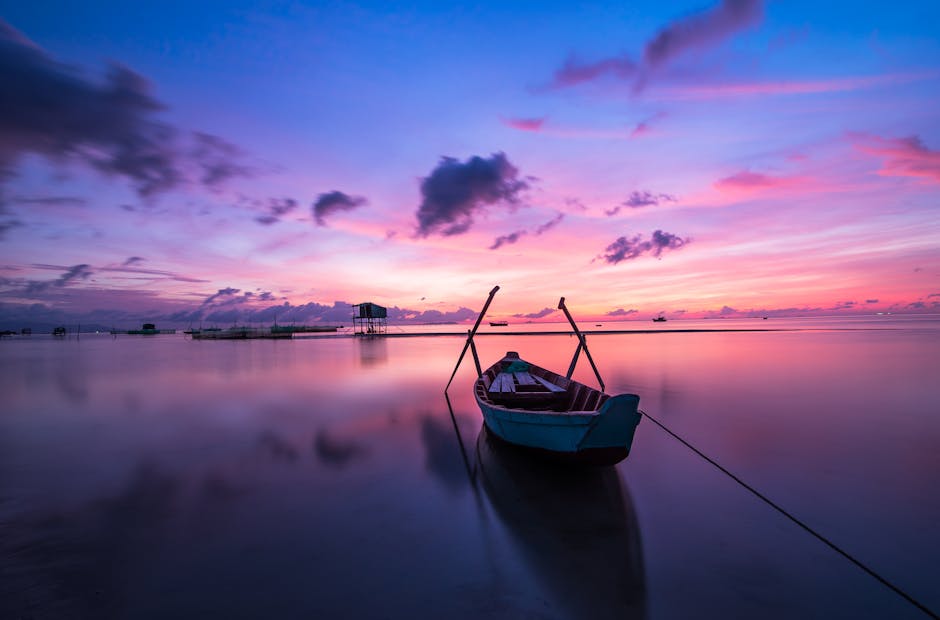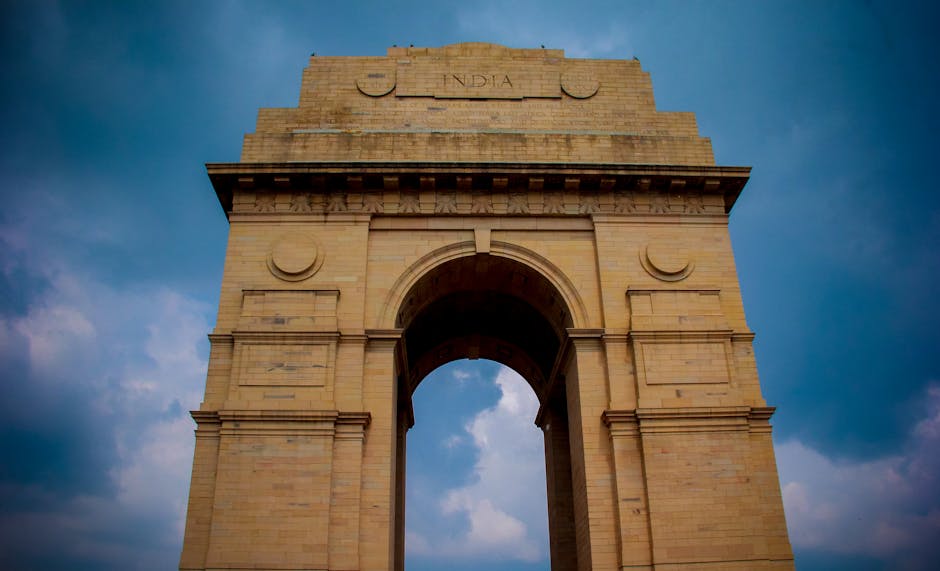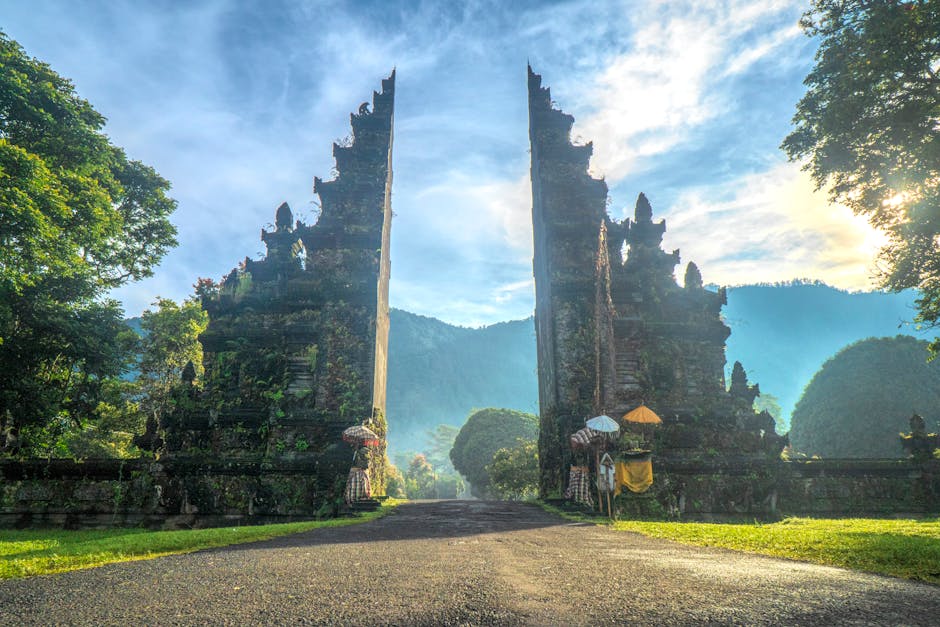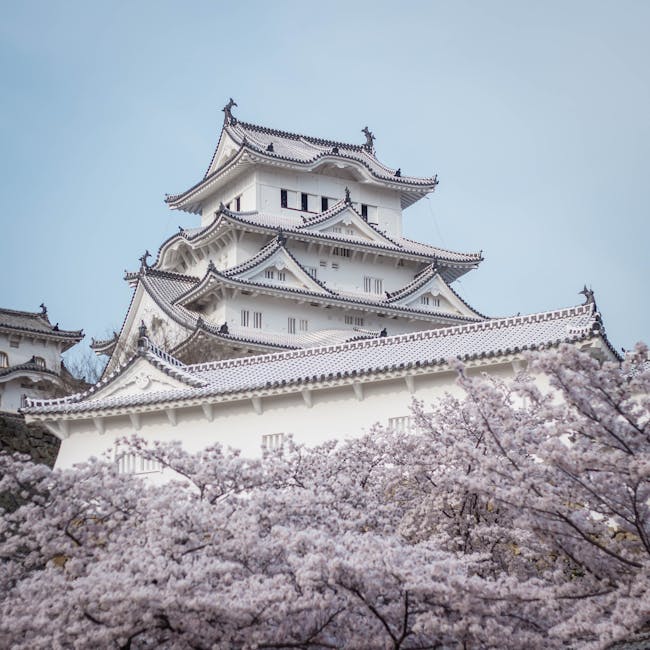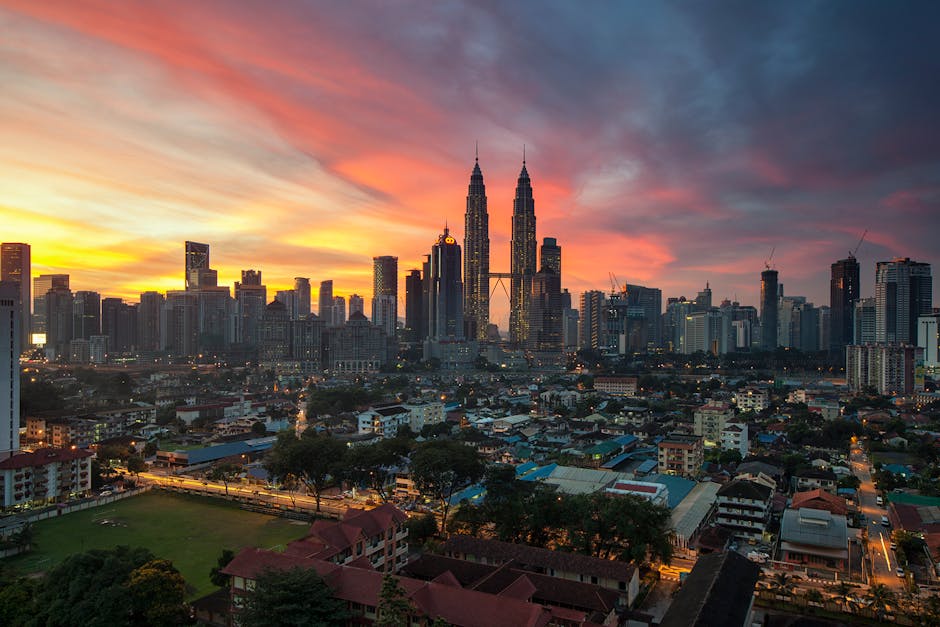China
Overview
China: A Fascinating Destination
China, known as the world's most populous country, is a fascinating destination that offers an incomparable mix of ancient and modern attractions. The country's rich history is evident in its preserved architectural wonders, such as the Great Wall, the Forbidden City, and the Terracotta Army. Simultaneously, it stands as a beacon of modernity with bustling cities like Shanghai and Beijing showcasing impressive skyscrapers and technological innovations. Chinese culture is deeply rooted in Confucianism, emphasizing family relationships, respect for elders, and the importance of education. The country's unique appeal also lies in its diverse cuisine, traditional festivals like the Chinese New Year and Mid-Autumn Festival, martial arts, and its national icons, like the Giant Panda.
Tourism Seasons
The high season for tourism in China is typically from April to October, during which the climate is generally mild and comfortable. However, it's worth noting that the summer months (June-August) can get quite hot, especially in southern and eastern parts of the country. In this period, tourists can enjoy a variety of activities including hiking on the Great Wall, cruising the Li River, exploring the Potala Palace in Tibet, and experiencing the hustle and bustle of Hong Kong's shopping districts. For nature-loving teenagers, the Zhangjiajie National Forest Park offers stunning landscapes to explore, while the Harbin Ice Festival held in January and February is a winter wonderland that can't be missed.
Travel Tips
Before visiting China, travelers should ensure they have a valid passport and visa. Remember, the process of securing a Chinese visa can take a few weeks, so it's important to plan ahead. It's also a good idea to familiarize yourself with some basic Mandarin phrases, as English is not widely spoken outside the major cities. Vaccines may also be recommended, so it's best to consult with a healthcare provider. Additionally, while credit cards are commonly used in urban areas, cash is still king in rural areas and small businesses. Therefore, having some local currency (Chinese Yuan) on hand would be beneficial. Lastly, it's crucial to respect local customs and traditions to make the most out of your enriching travel experience in China.
A Glimpse into the Past
China, one of the world's oldest civilizations, boasts a rich tapestry of history that spans over 5,000 years. Its story is marked by dynastic changes, cultural developments, and philosophical innovations that shape not only the nation itself but also have had a profound impact on the world.
Ancient Dynasties
The earliest known dynasty in China was the Xia Dynasty (c. 2070–1600 BC), which, while shrouded in myth, laid the foundation for subsequent civilizations. The Shang Dynasty (c. 1600–1046 BC) followed, known for its advances in bronze work, writing systems, and urbanization. The Shang’s capital, Anyang, is a significant archaeological site that showcases oracle bones and ancient artifacts.
The Zhou Dynasty (c. 1046–256 BC) introduced the concept of the "Mandate of Heaven," which justified the ruler's right to govern. During this time, significant philosophical schools emerged, including Confucianism and Daoism. The Warring States Period (475–221 BC) marked a time of intense conflict but also of innovation, leading to the eventual unification under the Qin Dynasty (221–206 BC). The Qin, despite its short reign, is famous for standardizing weights, measures, and writing systems, as well as for the construction of the early sections of the Great Wall of China.
Imperial China
The Han Dynasty (206 BC–220 AD) is often regarded as a golden age in Chinese history, marked by economic prosperity, cultural flourishing, and the opening of the Silk Road. This trade route connected China with the West, facilitating cultural exchanges and commerce. The Han capital, Chang'an (modern-day Xi'an), became an influential metropolis and a hub for trade and culture.
Following the Han, China experienced a period of disunity until the Sui Dynasty (581–618 AD) re-established order and initiated the construction of the Grand Canal, which remains the world’s longest man-made waterway. The Tang Dynasty (618–907 AD) is another high point, renowned for its art, poetry, and cosmopolitan culture. The city of Chang'an blossomed into a vibrant center for scholars, merchants, and travelers.
The Song Dynasty (960–1279 AD) followed, characterized by significant advancements in technology, such as gunpowder and the compass, and a flourishing of the arts. The period saw the rise of urban culture and commerce, with cities like Hangzhou emerging as major economic centers.
Mongol Conquest and the Yuan Dynasty
The Mongol invasions in the 13th century led to the establishment of the Yuan Dynasty (1271–1368 AD) under Kublai Khan. This marked the first time that the entirety of China was ruled by a foreign power. The Yuan period is famous for its integration of diverse cultures and the promotion of trade, as seen in the travels of Marco Polo. The capital, Dadu (modern Beijing), became an important political and cultural center.
Following the decline of the Yuan, the Ming Dynasty (1368–1644 AD) rose to power, known for its cultural achievements and construction projects, including the majority of the Great Wall as seen today. The Ming era also saw the establishment of a strong navy, which facilitated maritime trade and exploration. The Forbidden City in Beijing, a symbol of imperial power, was constructed during this time, serving as the home of emperors and the political center of China for nearly 500 years.
The Qing Dynasty
The last imperial dynasty, the Qing Dynasty (1644–1912), expanded China's borders significantly, incorporating regions like Tibet and Xinjiang. This period was marked by both prosperity and eventual decline due to internal strife, corruption, and external pressures, including the Opium Wars with Britain. The Summer Palace in Beijing reflects the grandeur of Qing architecture and the imperial lifestyle.
The Qing era faced significant challenges, culminating in the Boxer Rebellion and the subsequent push for reform. The 1911 Revolution eventually led to the overthrow of the Qing and the establishment of the Republic of China.
Modern China
The 20th century was tumultuous for China, marked by civil war, Japanese occupation during World War II, and the eventual rise of the Communist Party led by Mao Zedong. The establishment of the People’s Republic of China in 1949 marked a new era, with sweeping land reforms and the implementation of policies such as the Great Leap Forward and the Cultural Revolution, which aimed to reshape society but resulted in widespread social upheaval and economic hardship.
After Mao’s death in 1976, China entered a period of reform and opening up under Deng Xiaoping, leading to unprecedented economic growth and integration into the global economy. Cities like Shanghai and Shenzhen transformed into modern metropolises, showcasing China's rapid industrialization and urbanization.
Traveling Through History
Today, China’s historical landscape offers travelers a wealth of experiences. The ancient city of Xi'an is home to the famous Terracotta Army, while the Great Wall stretches majestically across northern China, inviting exploration. In Beijing, the Forbidden City and Tiananmen Square stand as testaments to imperial power and revolutionary history.
Exploring Hangzhou allows visitors to enjoy the serene beauty of West Lake, while the ancient water towns like Zhujiajiao provide a glimpse into traditional life. The ancient Silk Road cities of Turpan and Kashgar in Xinjiang offer a unique perspective on the cultural exchanges that shaped China.
In southern China, the picturesque landscapes of Guilin and Yangshuo captivate with their karst mountains and rivers, while Hong Kong presents a fusion of East and West, rich in modernity yet steeped in tradition.
China's history, with its complex layers and diverse regions, provides travelers an endless opportunity to discover and engage with a culture that has evolved over millennia. From ancient dynasties to modern cities, each destination tells a story that reflects the resilience and dynamism of this remarkable nation.
Top cities for tourists in China
Discover the Famous Cities That Might Captivate Your Interests
Must-Try Foods You Can't Afford to Miss
Indulge in a Variety of Fantastic Foods During Your Stay in China
May Be Your Next Destinations
People often choose these countries as their next destination



